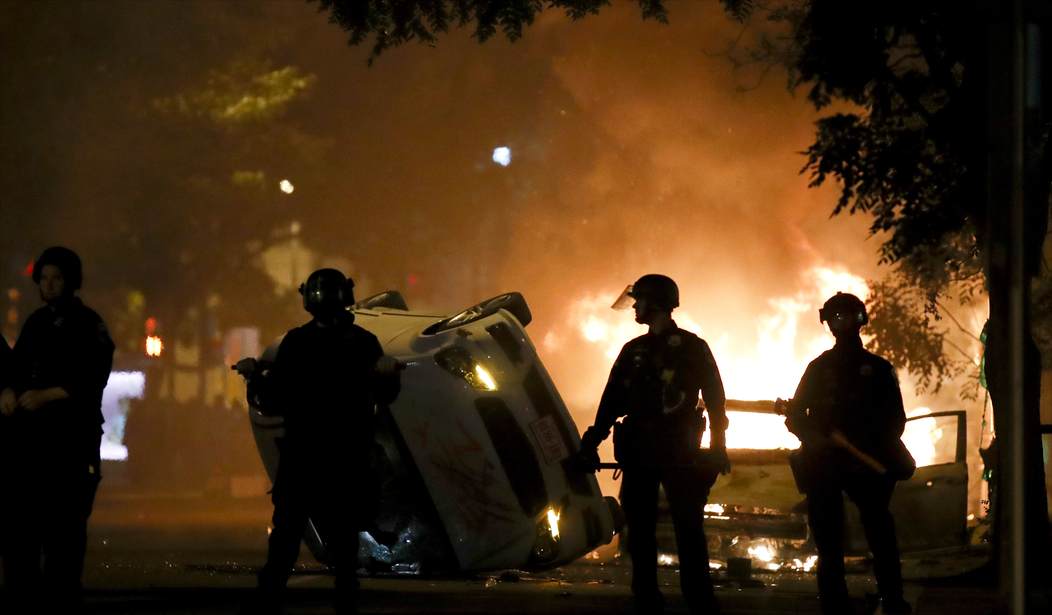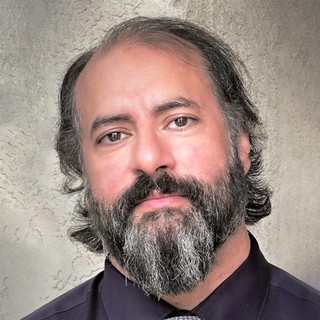One week ago today, Friday, May 29, was the 567th-year anniversary of the Islamic conquest of Constantinople, one of ancient Christianity’s greatest capitals that for the previous seven centuries had, as Europe’s easternmost bulwark, withstood Islam.
Lesser known is what immediately followed this Muslim seizure of “New Rome”—which Turkey is immensely proud of—as described below (note: all quotes are from contemporary sources, mostly eyewitnesses):
Once inside the city on that fateful May 29, 1453, the “enraged Turkish soldiers . . . gave no quarter”:
When they had massacred and there was no longer any resistance, they were intent on pillage and roamed through the town stealing, disrobing, pillaging, killing, raping, taking captive men, women, children, old men, young men, monks, priests, people of all sorts and conditions… There were virgins who awoke from troubled sleep to find those brigands standing over them with bloody hands and faces full of abject fury… [The Turks] dragged them, tore them, forced them, dishonored them, raped them at the cross-roads and made them submit to the most terrible outrages… Tender children were brutally snatched from their mothers’ breasts and girls were pitilessly given up to strange and horrible unions, and a thousand other terrible things happened. . .
Because thousands of citizens had fled to and were holed up in Hagia Sophia, the ancient basilica offered an excellent harvest of slaves—once its doors were axed down. “One Turk would look for the captive who seemed the wealthiest, a second would prefer a pretty face among the nuns. . . . Each rapacious Turk was eager to lead his captive to a safe place, and then return to secure a second and a third prize. . . . Then long chains of captives could be seen leaving the church and its shrines, being herded along like cattle or flocks of sheep.”
The slavers sometimes fought each other to the death over “any well-formed girl,” even as many of the latter “preferred to cast themselves into the wells and drown rather than fall into the hands of the Turks.”
Having taken possession of one of Christendom’s greatest and oldest basilicas—nearly a thousand years old at the time of its capture—the invaders “engaged in every kind of vileness within it, making of it a public brothel.” On “its holy altars” they enacted “perversions with our women, virgins, and children,” including “the Grand Duke’s daughter who was quite beautiful.” She was forced to “lie on the great altar of Hagia Sophia with a crucifix under her head and then raped.”
Next “they paraded the [Hagia Sophia’s main] Crucifix in mocking procession through their camp, beating drums before it, crucifying the Christ again with spitting and blasphemies and curses. They placed a Turkish cap . . . upon His head, and jeeringly cried, ‘Behold the god of the Christians!’”
Many other churches in the ancient city suffered the same fate. “The crosses which had been placed on the roofs or the walls of churches were torn down and trampled.” The Eucharist was hurled to the ground; holy icons were stripped of gold, “thrown to the ground and kicked.” Bibles were stripped of their gold or silver illuminations before being burned. “Icons were without exception given to the flames.” Patriarchal vestments were placed on the haunches of dogs; priestly garments were placed on horses.
“Everywhere there was misfortune, everyone was touched by pain” when Sultan Muhammad II (“Mehmet”) finally made his grand entry into the city. “There were lamentations and weeping in every house, screaming in the crossroads, and sorrow in all churches; the groaning of grown men and the shrieking of women accompanied looting, enslavement, separation, and rape.”
The sultan rode to Hagia Sophia, dismounted, and went in, “marveling at the sight” of the grand basilica. After having it cleansed of its crosses, statues, and icons—the sultan himself knocked over and trampled on its altar—Muhammad ordered a muezzin to ascend the pulpit and sound “their detestable prayers. Then this son of iniquity, this forerunner of Antichrist, mounted upon the Holy Table to utter forth his own prayers,” thereby “turning the Great Church into a heathen shrine for his god and his Mahomet.”
To cap off his triumph, Muhammad had the “wretched citizens of Constantinople” dragged before his men during evening festivities and “ordered many of them to be hacked to pieces, for the sake of entertainment.” The rest of the city’s population—as many as forty-five thousand—were hauled off in chains to be sold as slaves.
It is this “heritage” that millions of Turks—beginning with their president, Erdoğan—are eager to honor through their incessant calls to transform the Hagia Sophia, which has been a museum since 1945, into a mosque again. Salih Turhan, head of the Anatolian Youth Association, puts it well: “As the grandchildren of Muhammad the Conqueror, seeking the re-opening Hagia Sophia as a mosque is our legitimate right.”
Openly idolizing Muhammad II and trying to do what he did—transform Hagia Sophia into a mosque to honor the “souls of all who left us this work as inheritance, especially Istanbul’s conqueror [Muhammad],” as Erdoğan himself proclaims—is tantamount to Turkey saying, “We are proud of [and seek to emulate?] our ancestors who slaughtered, enslaved, and raped people and stole their lands simply because they were Christian infidels.”
Not, of course, that anyone notices or cares, being so overwhelmed by and paralyzed from putting down rioting criminals who—not unlike the “enraged” Muslims’ initial entry into Constantinople described above—are “intent on pillage and roamed through the town stealing.”
Note: The above account was adapted from the author’s book, Sword and Scimitar: Fourteen Centuries of War between Islam and the West.










Join the conversation as a VIP Member